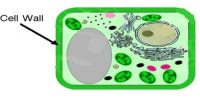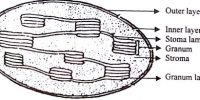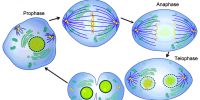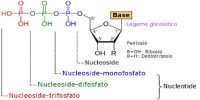Cell division is of three types:
(i) Amitosis (ii) Mitosis and (iii) Meiosis.
- Amitosis: This type of cell division occurs in unicellular prokaryotic organisms like Bacteria, Yeast etc. In this division, at first the nuclear materials are directly split into two portions and then the cell divides into two from the middle region. As a result, from one cell there’ develops two.
- Mitosis: Mitosis is a type of cell division by which a eulcaryofic cell divides into two by a special method. In this process, the nucleus and chromosome are divided once and the number, structure, and properties of the chromosome in the newly formed cell remain just like the mother cell. Mitosis is also termed as equational division. Normally this division occurs in the somatic cell. As a result of this division, the plant and animal increases in length and breadth. Mitosis occurs in all meristematic cells of plants.
- Meiosis: Meiosis is a type of cell division by which a Eukaryotic cell divides into four cells by a special method. In this process, the nucleus divides twice but the chromosome divides once. The number of chromosome in the newly formed daughter cell reduces to the half the number of the mother cell. As the number of chromosomes reduces to half this process is also termed as reduction division. In Greek ‘Meiosis’ means ‘to reduce’ and from this, the term Meiosis comes in use. This division occurs in reproductive mother cells of diploid organisms. As a result, haploid gametes develop. In haploid organisms, this. division occurs in the zygote, as a result of which the organism becomes haploid again.














